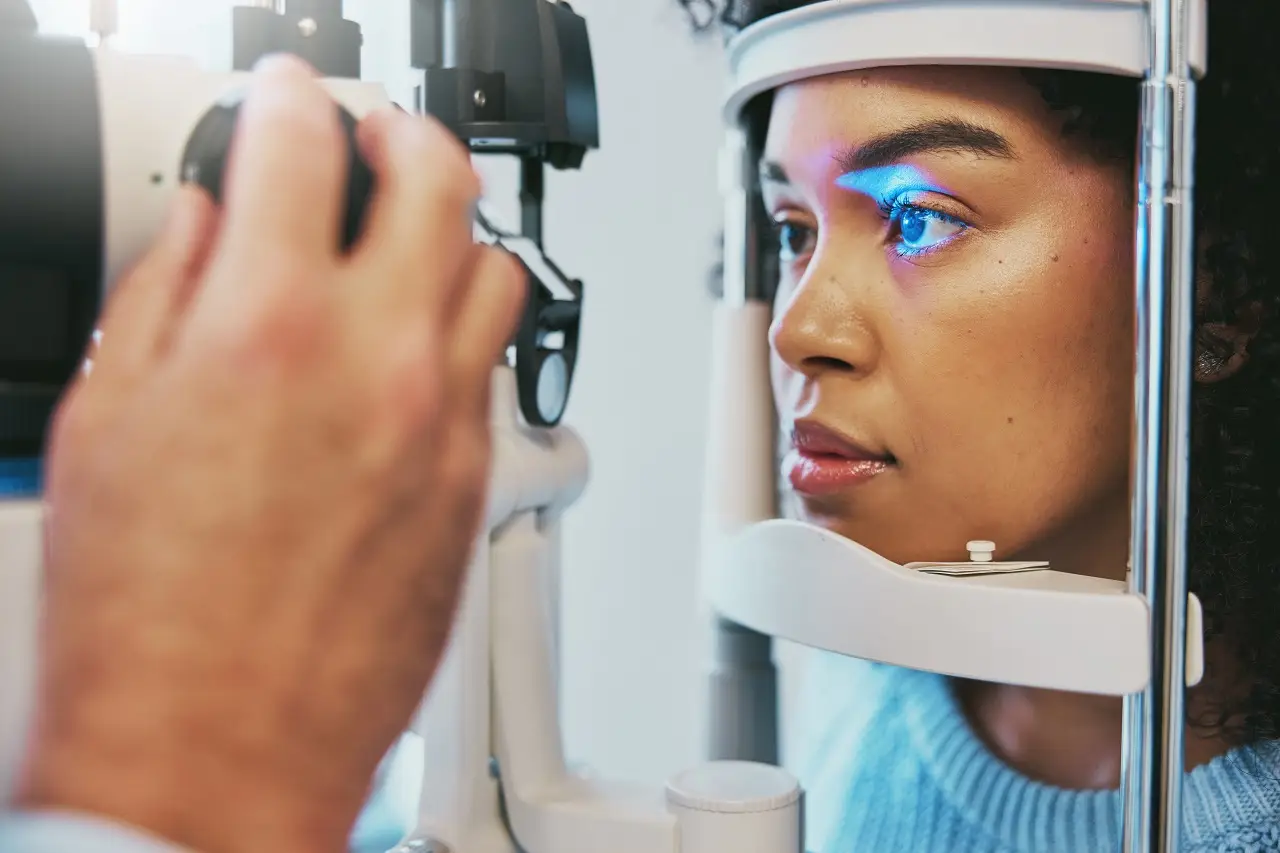Your eyes are one of the most vital and sensitive organs in your body — yet many people take their eye health for granted. Eye diseases can develop slowly and silently, but with the right knowledge and timely intervention, most can be treated or managed effectively.
This article will guide you through the management of common eye diseases, why early detection is key, and how you can safeguard your vision for years to come.
👁️ Understanding Eye Diseases
Eye diseases refer to any disorders or conditions that affect the structure or function of the eye. Some are age-related, others are caused by infections, chronic conditions like diabetes, or genetic factors. Common eye diseases include:
-
Cataracts – Clouding of the eye’s natural lens
-
Glaucoma – Damage to the optic nerve from increased eye pressure
-
Age-Related Macular Degeneration (AMD) – Deterioration of the central part of the retina
-
Diabetic Retinopathy – Damage to the retina caused by diabetes
-
Conjunctivitis (Pink Eye) – Infection or inflammation of the eye’s outer layer
-
Dry Eye Syndrome – Lack of adequate lubrication and moisture on the eye’s surface
-
Refractive Errors – Such as myopia (nearsightedness), hyperopia (farsightedness), and astigmatism
🔍 Importance of Early Detection
Most eye diseases start without symptoms in the early stages. That’s why regular eye exams are essential — they allow professionals to detect and manage problems early before they progress or cause permanent damage.
Early detection:
-
Improves treatment outcomes
-
Prevents vision loss or blindness
-
Saves you time, stress, and money in the long run
🧠 How Are Eye Diseases Managed?
The management of eye diseases depends on the type, cause, and severity of the condition. Here’s a breakdown of common strategies:
✅ 1. Medical Treatment
Many eye conditions can be treated with prescription medications, including:
-
Eye drops (for glaucoma, allergies, or infections)
-
Antibiotics or antivirals (for infections like conjunctivitis or herpes simplex)
-
Steroids or anti-inflammatory drugs (for uveitis or post-surgical care)
Consistent use as directed by an eye doctor is critical for effective management.
✅ 2. Surgical Intervention
For more advanced cases or structural issues, surgery may be required:
-
Cataract surgery – Replacing the cloudy lens with a clear artificial one
-
Laser surgery – Used in glaucoma, diabetic retinopathy, or to repair retinal tears
-
Vitrectomy – Removal of the vitreous gel in cases of retinal disorders
-
Corneal transplant – For damaged or diseased corneas
Surgical outcomes are often highly successful, especially when done early.
✅ 3. Lifestyle and Vision Support
Managing an eye disease isn’t just about medication — lifestyle plays a major role:
-
Monitor blood sugar and blood pressure (especially for diabetic eye diseases)
-
Eat eye-healthy foods rich in antioxidants, omega-3s, and vitamins
-
Quit smoking to reduce the risk of AMD and cataracts
-
Protect your eyes with sunglasses and safety eyewear when needed
-
Use visual aids like magnifiers, contrast-enhancing glasses, or screen readers for low vision
✅ 4. Regular Monitoring and Follow-Up
Chronic eye conditions require ongoing care. Skipping appointments or self-treating symptoms can lead to complications. Always:
-
Keep up with routine eye check-ups
-
Report any new symptoms immediately
-
Follow your doctor’s instructions for medications, glasses, or assistive tools
👨⚕️ Who Should You See?
Management of eye diseases typically involves:
-
Optometrists – For general eye exams, prescriptions, and non-surgical management
-
Ophthalmologists – Medical doctors who can diagnose, treat, and perform surgery
-
Retina or cornea specialists – For complex retinal or corneal diseases
The earlier you consult a professional, the better your chances of preserving your sight.
🧾 Final Thoughts
Eye diseases can affect anyone — young or old — and often without warning. But with early detection, expert care, and proper management, you can prevent most causes of vision loss and enjoy healthy sight throughout your life.

